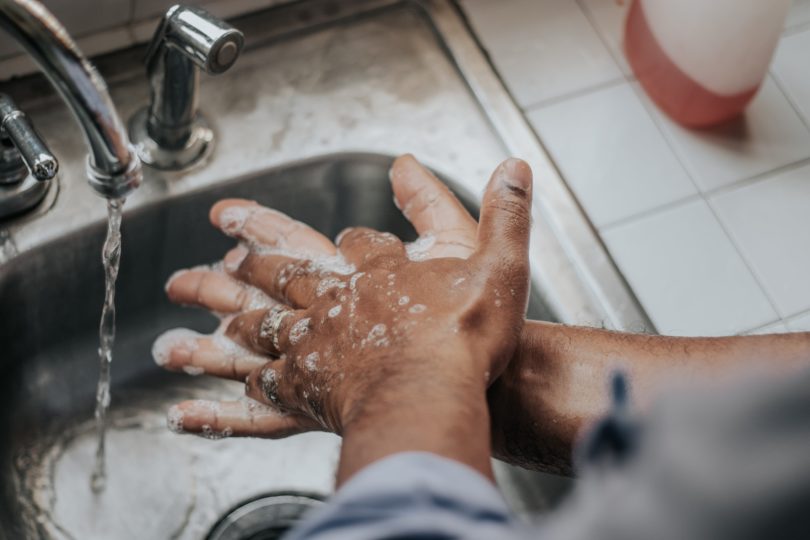People have become more aware of the need for personal cleanliness due to the COVID19 pandemic. As a result, hand sanitizers, face masks, and surface disinfectants are now considered necessities in our everyday lives.
Personal hygiene refers to the act of keeping one’s body clean. It is essential to keep one’s health in excellent condition and to avoid illness. The hygiene market expanded at an annual pace of 11 percent between November 2019 and January 2020. The COVID-19 epidemic has caused a significant increase in demand.
According to industry data, the demand for sanitizers increased by 53 percent globally in the month of February 2020 alone. Surface disinfectants, toilet seat sanitizing sprays, face masks, and other hygiene items like hygienic accessories or toilet seats from bidet Australia are all seeing a comparable increase in demand as well.
Reopening Safety Measures
Cleanliness
Employers will be required to ensure that their workplaces are safe and secure in the new normal.
Businesses have already started to implement stringent cleaning practices for both consumers and workers.
In the long run, it is fair to expect that authorities will redefine minimal requirements of cleanliness for everything from disinfection procedures to staff hygiene. Additionally, employees’ compliance with tighter hygienic procedures will need clearly defined actions. These may vary from simple instructions on washing your hands to sophisticated cleaning methods for special equipment, processes, or industries. The bidet shop provides accessories which can help you maintain proper hygiene.
Additionally, we may anticipate an increase in the usage of personal protection equipment (PPE), such as gloves and face masks. This may become the standard in various customer-facing settings. Procedures for receiving and sending materials also need to be revised. This may include reducing contact points, developing disinfection procedures, and diversifying the source of supply. These processes must be well-defined and communicated, with clear expectations for employee responsibility.
Health
Before going back to work, we may anticipate some kind of regulatory inspection or advice. Federal, state, and municipal governments will have a say in these decisions. Returning to work in an orderly and risk-based manner may raise legal, medical, and privacy concerns.
Businesses may have to establish isolation rooms for workers who develop symptoms on the job, and quarantine procedures will be required.
Any changes to time-off rules will need to strike a balance between the requirement to keep sick workers at home and the need to maintain operations. Organizations cannot afford to have employees report to work while exhibiting COVID-19 symptoms.
Monitoring
Employees and visitors may anticipate more health monitoring in the near future. Among the adjustments will be virus screening and temperature monitoring. These developments will fundamentally affect our understanding of privacy.
If Asia serves as a post-COVID-19 paradigm, workers worldwide may be categorized according to health criteria. For instance, a green code through an electronic device or wristband may indicate COVID-19 immunisation, allowing workers to travel, work, and perform transactions.
Preparation
To guarantee the continued operation of vital infrastructure and essential services, companies will increasingly depend on keeping workers close to facilities but separated from the general population. This will require preparation, training, and practice.
The present situation has shown the need to be prepared for pandemics. This entails having policies and procedures in place and ready to implement when necessary. This requires strong information technology solutions to handle work from home and other requirements. Additionally, it requires conducting frequent exercises to verify the viability of plans and the preparedness of leaders.
Finally, drills must evaluate the resiliency of supply networks. On a tactical level, this entails stockpiling the necessary PPE and other necessities. Individually, this entails establishing explicit behavioral expectations, monitoring, and feedback. At the board level, this will require frequent assessment and evaluation of the plan’s strengths.







